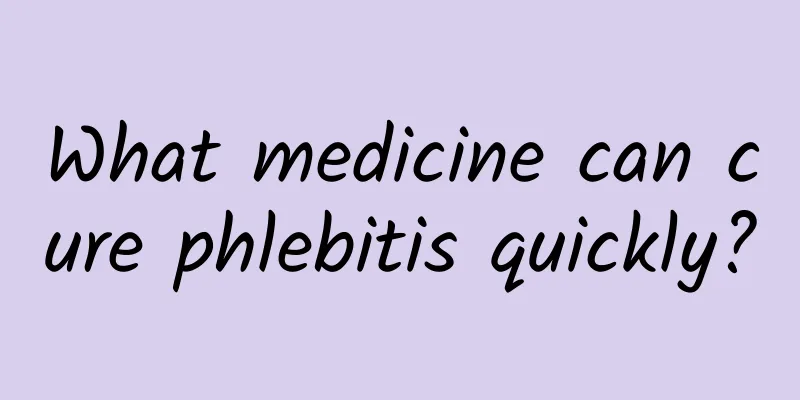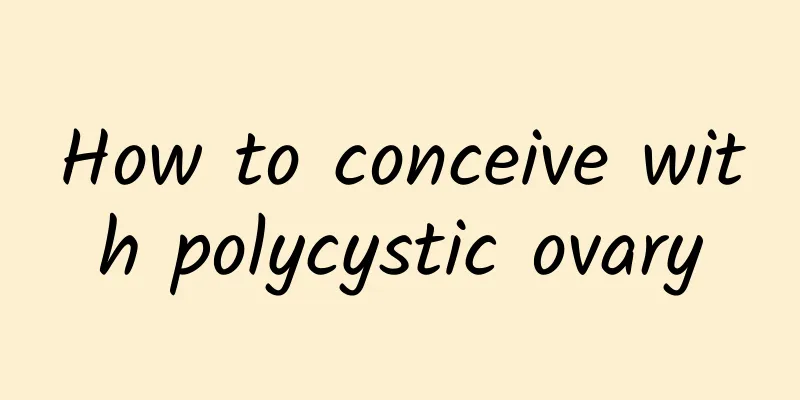Principles of treatment of hand injuries

|
Hands are our best friends. We cannot do without them whether we are eating, writing or working. It is precisely because hands are used most in daily life that it is inevitable that they will be bumped and injured. Generally speaking, we can solve ordinary injuries by ourselves. Just apply some safflower oil or iodine and it will be fine. However, if the situation is serious, we must go to the hospital for treatment. Today I will introduce to you the principles of treatment of hand injuries. Principles of treatment of hand injuries 1. First aid treatment First aid on the scene includes stopping bleeding, reducing wound infection, preventing re-injury and rapid transfer to buy time for early treatment. If a fracture occurs, it should be temporarily fixed. 2. Early debridement For open injuries, early debridement under strict aseptic conditions is required to reduce the chance of infection. Try to do it within 6-8 hours after injury. If it exceeds 12 hours, the possibility of infection increases. If there is major blood vessel damage causing heavy bleeding, use a tourniquet to stop the bleeding. The correct position of the tourniquet is 14 on the upper arm, with local padding. Record the time and loosen the tourniquet for 5-10 minutes every hour to prevent ischemic muscle contracture or limb necrosis. Avoid tying the tourniquet around the middle and lower upper arm to prevent compression of the radial nerve. 3. Wash the injured limb The scope is limited to the normal skin of the injured limb, and the wound is not scrubbed. If the wound is severely contaminated or contains foreign objects, you can gently wipe the wound with a cotton ball or gauze. Starting from the area around the wound to about 10 cm above the elbow, scrub three times with a sterile brush and sterile soft soap, flushing with tap water or saline each time; flush the wound with 0.1% Chlorhexidine solution. Brush and wipe clean after cleaning. The skin is routinely disinfected with iodine tincture and alcohol. 4. Wound Treatment 1. Check the extent of skin loss and determine whether skin grafting is needed. 2. For deep tissue injuries, try to repair them while cleaning the wound. If the wound is severely contaminated, the injury time exceeds 12 hours, or the repair technology is difficult, only debridement and wound closure can be performed, and a second-stage operation can be performed to repair the exploratory tissue. 3. Skin that has lost its vitality should be excised, and healthy skin should be preserved as much as possible. 4. After debridement, rinse the wound with saline. And soak with 0.1% Chlorhexidine solution for 3-5 minutes. If the injury has been severe for a long time or if anaerobic infection is suspected, soak the area in 3% hydrogen peroxide solution for a few minutes and then rinse with saline. 5. When there is no obvious skin defect in the wound, simple suture is used. If the wound passes through the joint longitudinally, or is parallel to the edge of the finger or perpendicular to the skin, "Z"-shaped plasty is used to change the direction of the incision to avoid short scar contracture in the future and affect the hand function. 6. For wounds that have been injured for a long time or are severely contaminated, they will not be sutured after debridement. Instead, the wound will be drained with saline gauze and delayed suture or skin grafting will be performed after 3-5 days of observation. Principles of treatment of hand injuries 1. Early and thorough debridement (6 to 8 hours). 2. Correctly handle deep tissue injuries. 3. Primary closure of wound 1. Direct suture: The wound is neat and there is no obvious skin defect. For cases that cross the joint, are parallel to the edge of the web, or are perpendicular to the skin grain, a Z-plasty is used. 2. Excessive tension or skin defect: ① The soft tissue at the base is good or the deep important tissue (tendons, nerves, bones and joints) can be covered with surrounding soft tissue, and autologous free skin grafting is used. ② Exposure of deep important tissue: not suitable for free skin grafting. Local transfer flap and pedicled flap transplantation and repair can be used. 3. Severe contamination, long injury time, and high possibility of infection: After removing foreign matter and obvious necrotic tissue, apply saline compress, and clean the wound again after 3 to 5 days, and then delay suture or skin grafting. (IV) Correct postoperative treatment 1. Functional position fixation: vascular anastomosis for 2 weeks; muscle suture for 3 to 4 weeks; nerve repair for 4 to 6 weeks; joint dislocation for 3 weeks; fracture for 4 to 6 weeks. 2. TNT intramuscular injection. 3. Separate the fingers, bandage them and expose the fingertips and radial artery. 4. Use antibiotics. The specific steps for cleaning hand injury wounds are (E): A. Rinse the wound with 0.1% chlorhexidine. B. Rinse the wound with normal saline and then rinse the area around the wound. C. Disinfect with iodine and alcohol first, then clean the wound. D. Rinse the inside and outside of the wound with 0.1% chlorhexidine. E. First scrub the skin around the wound with soapy water, then clean the area around the wound with normal saline, and finally rinse the wound again. |
>>: Signs that your eczema is improving
Recommend
What to do if your teeth are too sparse
Teeth are an important part of our body. Only wit...
How to get better from a cold quickly
Cold is one of the most common diseases in life. ...
Did you get infected once when you were at high risk?
It is very likely to be infected if you have high...
That Chinese medicine can cure all poisons
When poisoning occurs after taking too much Chine...
How to treat scratch urticaria
Non-invasive urticaria is actually an allergic re...
If you sweat this stuff out in the summer, you will definitely get seriously ill in the winter.
In summer, the human body's yang energy is ou...
How to take care of nasal polyps
Patients with nasal polyps need good care to reco...
Gastrodia elata: Eat it for numbness in hands and feet, and especially for unexplained headaches
Gastrodia elata is the nemesis of headaches, numb...
Is it good for women to have blood clots during menstruation?
Menstruation is a normal physiological behavior f...
Can cervical erosion be cured?
Speaking of cervical erosion, it is indeed a gyne...
The child's poop smells really bad
I believe that everyone's feces will have mor...
Why is the child's hair hot?
1. The reason why only the head of a baby is hot ...
What Chinese medicine is most effective for amenorrhea
There are many reasons for amenorrhea. For exampl...
How to treat mouth ulcers
There are many types of diseases. When it comes t...
How to treat white acne in the groove of the glans penis
If a man has something like white acne growing in...









